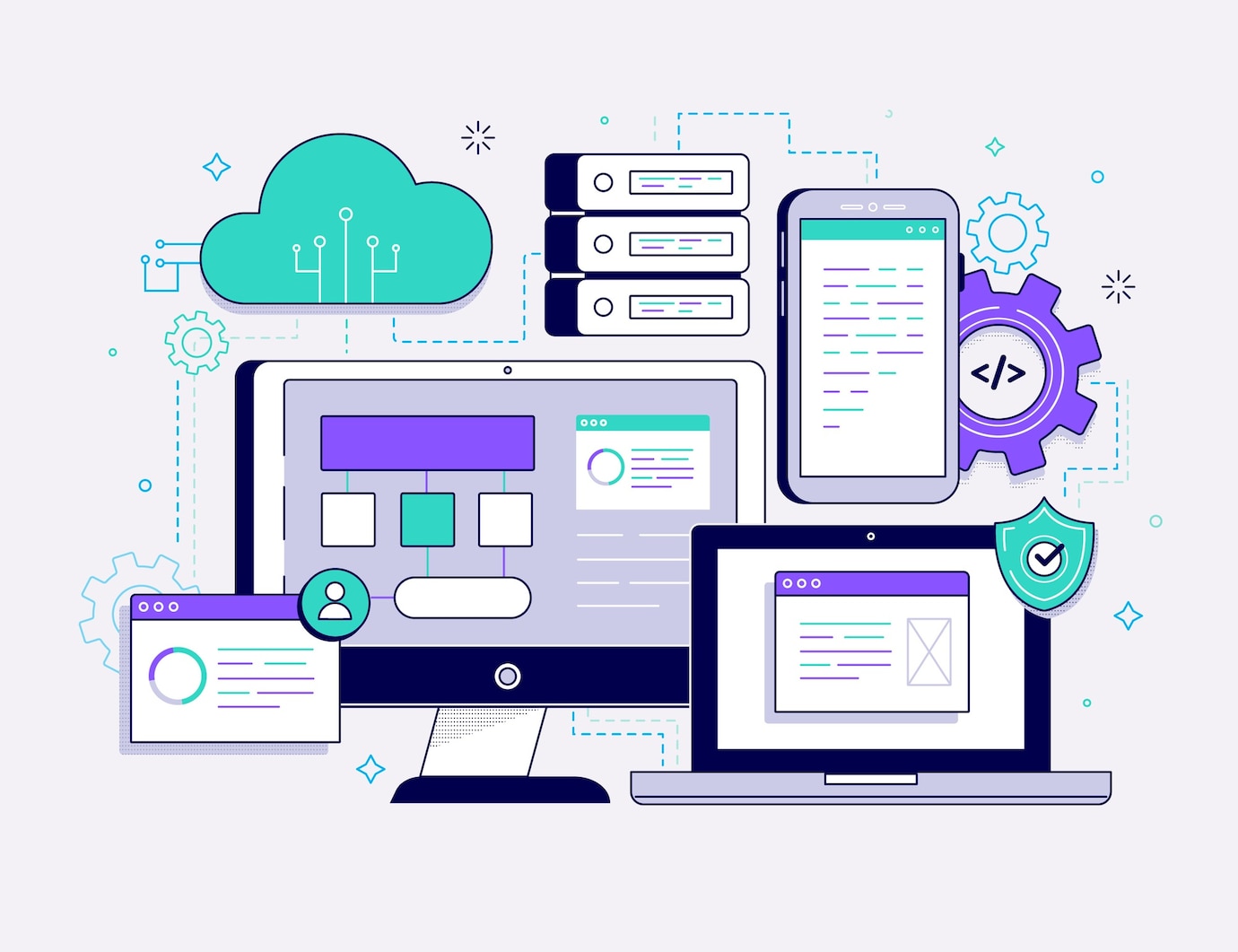
What You Need to Know while Migrating from Monolith to Microservices
Over time, applications have become increasingly complex. Engineers and developers constantly look for better ways to build scalable and flexible software solutions. To help realize success with that, over 60% of all tech firms, including giants like Amazon and Spotify, have moved to microservices.
An O’Reilly report reveals that 77% of the respondents participating in their survey already adopted microservices, and 92% experienced success with the same. Following the trend, tech companies with a futuristic vision should consider moving from the traditional monolith architecture to the latest microservices.
But before migrating, businesses should have a clear and feasible strategy for a smooth transition and a profound understanding of microservices, their benefits, and their challenges.
Should You Migrate from Monolith to Microservices?
Microservices have garnered a lot of attention in the past few years. The pandemic has certainly fueled their adoption, with businesses invariably switching to microservices for modernization. More so, advanced cloud technology is the basis for the increasing demand for microservices.
Unlike the conventional monolithic architecture, microservices address the market’s ever-changing demands. Monolithic architecture is often difficult to use as it takes a lot of effort and time. It is the least agile. Moreover, there are many limitations, including:
- Lack of innovation and agility
- Not friendly with new technologies
- Difficult to update and make changes
- Not feasible to scale one part of an existing system
- Components are interdependent
Microservices, on the other hand, have evolved rapidly to address these setbacks. As a matter of fact, microservices break up monolith apps into sets of independent services. These are relatively faster to develop as well as to deploy. Most importantly, moving from monolithic to microservice applications enables enterprises to enhance collaboration, optimize resources, and streamline business processes.
Further, microservices make app management simpler, thus making it relatively easier to build, deploy, test, update, and scale services independently. Not to forget that it also becomes easier to share and collaborate on data within teams.
Microservices Architecture Core Attributes
Some of the core attributes of microservices architecture include:
- Exclusive Responsibility: Each service is designed to handle one operation.
- Independence: Though teams work in tandem, each service is a unique identity. You can reuse, deploy, and update services independently.
- Unique Endpoints: Every integral microservice follows a smart domain logic communicated through AMQP, HTTP, or TCP.
- Domain-driven Design: Microservices approach is based on programming models that understand processes and domain rules.
- Modularity: This is a modular approach as they contain usable modules or components within an ecosystem. Teams can update and scale units independently.
- Fail-proof: Microservices eliminate chances of single-point failure. If a module malfunctions, other microservices are functional.
When Is the Right Time to Migrate to Microservice Architecture?
As elucidated above, microservices have tangible and real-world business benefits compared to monolithic and centralized applications. So, when your organization is growing fast and steady but facing issues with productivity, you should consider migrating to microservices.
The monolithic approach is suitable for smaller projects. However, when it comes to larger projects, transitioning to the latest microservices architecture is better. Moreover, issues like disrupted communication within teams are also an indication that you should change over to microservices.
In addition, when you need to test frequently, you may consider moving to microservices. Many tech giants like Uber, Amazon, Google, eBay, and Netflix have already taken the big leap.
In essence, the key benefits of microservice architecture are:
- Consistent scaling
- Quicker time to market
- Better employee productivity
- Decreased application downtime
- Advanced customer retention
- Easier app debugging and maintenance
- Better app security and customer data safety
5 Common Mistakes to Avoid When Migrating from Monolith to Microservices
Any change is initially difficult. These difficulties often lead to major challenges. Noted below are some of the common pitfalls that may hinder migration to microservices:
1. Lack of Planning
Do not rush into microservices migration. Most IT teams make this mistake. Without the right planning and strategy, functionality problems and performance issues are bound to arise. Moreover, adequate infrastructure is required for a smooth transition.
2. Too Small Services
Avoid small services. DevOps teams often end up utilizing more services that are not required. Each microservices deployed in separate containers create considerable overheads that can hinder the automation of crucial tasks.
3. Tightly Coupled Services
Software teams tend to couple services too tightly, just like monolithic architecture. But microservices architecture comprises independent entities which do not depend on one another for functioning, something that stresses the use of loose coupling.
4. Logging in Containers
Logging could be extremely challenging in microservices when coders place logs within individual instances of containers. These containers may be difficult to locate, and logs contained in these short-lived containers are often deleted as soon as the containers are terminated.
5. Complicated Monitoring
Since different technology stacks are used to develop microservices components, these communicating and distributed services with different stacks often make it hard to detect the origin of the issue. Thus, monitoring becomes complicated if not planned properly.
Conclusion
Microservices is no longer a new architecture. However, the concept is ever-evolving with some major advances in API development plus secure container technology. As a result, new avenues and benefits open up in varied functional areas.
To that end, investing in an effective and powerful microservices management platform like Clear Thought Solutions can help businesses successfully migrate from monolith to microservices. The purpose is to help the business deliver dockerized code with enhanced functions, which is secure, scalable, and standard.
Want to migrate your business from the legacy monolithic architecture to the latest microservices? Connect with our experts today!


 0
0


